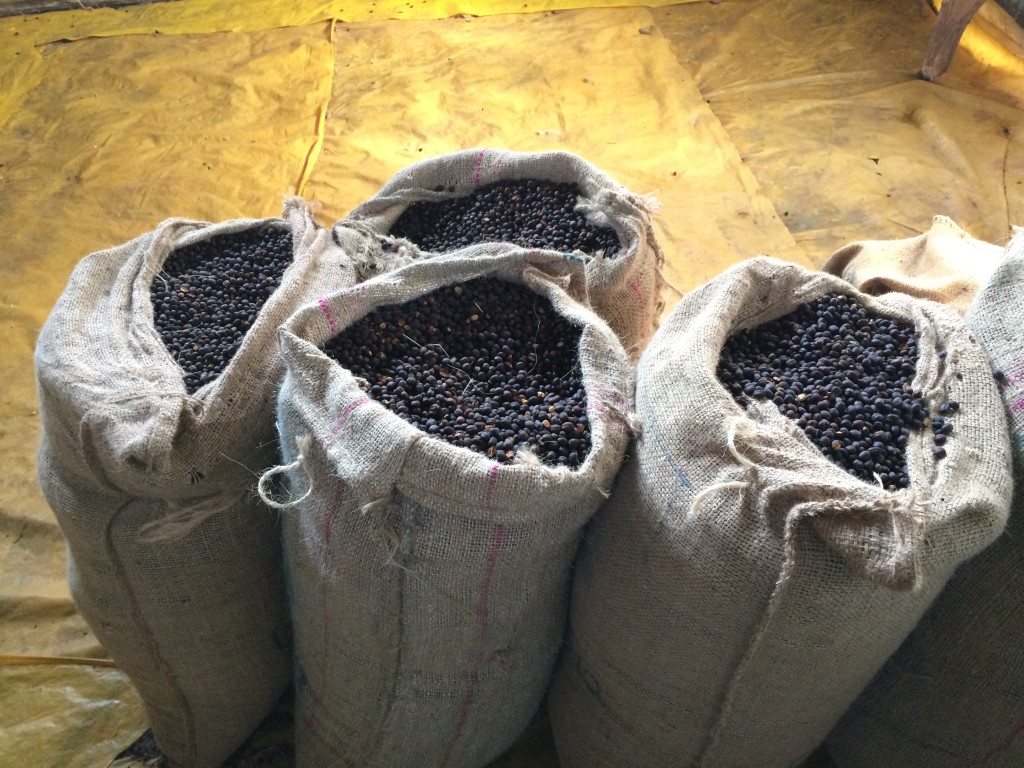Also termed “dry processed” or the ever-so-attractive moniker “unwashed,” the natural process has the distinction of being the original form of coffee processing, as it requires little in the way of tools or technology. Instead of being separated from the skin and pulp like a washed coffee, natural processed coffees are laid out in the sun so that the cherry can dry intact after harvesting.

Natural coffee may be dried in any number of circumstances, each of which impact the quality and character of the cup. The coffee may be dried on bare earth, on tarps, on patios, or on raised beds. In some cases, the cherry is even allowed to dry on the tree before harvesting. Long uncontrolled periods of drying under poor conditions are likely to promote unpleasant fermentation flavors and the growth of mold. In order to achieve a quality natural, coffee should be dried in environments of low ambient humidity, spread out in thin layers with adequate airflow, and regularly stirred throughout the drying period.

The fruit is completely dried around the seed until it becomes leathery and brown, and then the coffee is milled, separating the outer layers from the seed inside. This milling may be accomplished by anything from a mortar and pestle to specialized industrial machines.

Historically, coffees have been naturally processed in drier regions like Yemen or the Cerrado of Brazil, which lacked access to ample supplies of fresh water. In these cases, the natural process was adopted because it was the method that best fit the needs of the local environment. In recent years, driven by a desire to experiment and achieve unique flavor profiles, we have seen natural processing adopted on a limited scale in regions like Central America, where it has not been in common use.
Natural processing tends to amplify the body of a coffee. Typical flavor profiles range from nutty and tobacco-like, to wildly fruity. While the best naturals have a very good acidity, that acidity tends to be more jammy, like dried fruit and berries, rather than the clear crisp citric acidity associated with the washed process.